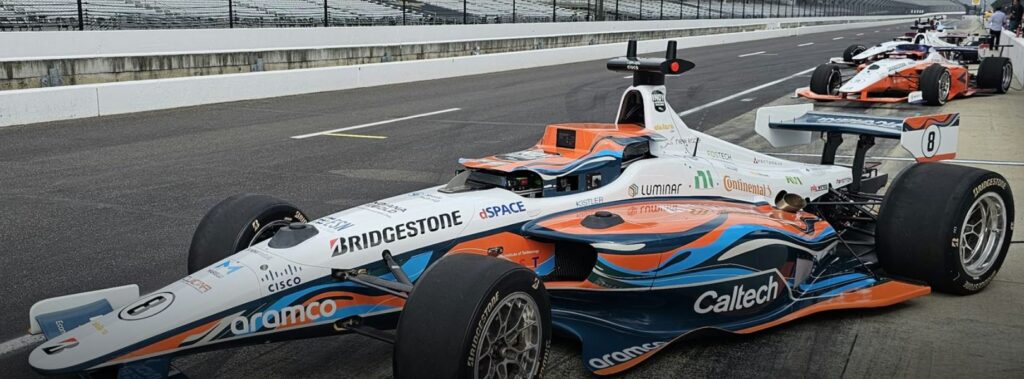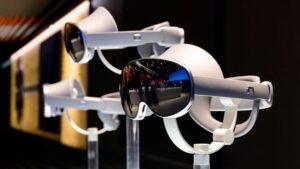Caltech’s Autonomous Racer Impresses at Laguna Seca in High-Stakes AI Showdown

In a dramatic display of speed and autonomy, Caltech’s self-driving race car made its mark at the Indy Autonomous Challenge (IAC) held at the WeatherTech Raceway Laguna Seca on July 24. Competing against university teams from around the world, the Caltech Racer—powered by advanced algorithms and developed in collaboration with NASA’s Jet Propulsion Laboratory—delivered what commentators called an “aggressively fast performance” on one of the most technically demanding road courses in the United States. With speeds nearing 150 mph and a race plan designed to push the limits of traction and control, the vehicle clocked the fastest first and second lap times of the competition before spinning out on the infamous “Corkscrew” turn.
The IAC, launched in 2019 by Energy Systems Network, challenges student teams to build and test autonomous racing software using identical IAC AV-24 vehicles equipped with sensors and drive-by-wire systems. What sets each team apart is the intelligence stack—the algorithms that enable real-time decision-making on acceleration, braking, and navigation. Caltech joined the challenge in 2024 and debuted its car at CES 2025. The project is led by engineer Soon-Jo Chung, with support from Mory Gharib and Fred Hadaegh, and is part of Caltech’s Center for Autonomous Systems and Technologies (CAST), known for pioneering resilient robotic systems. “For years, we dreamed of machines that could adapt on their own. Now, that dream is real,” says Hadaegh. “This is not automation; it is genuine autonomy.”
The Laguna Seca event marked the first IAC race on a U.S. road course, introducing new challenges such as GPS signal loss under pedestrian bridges and the steep descent of the Corkscrew. Caltech’s team, led by postdoctoral scholar Thomas Berrueta, relied on thousands of simulations and a carefully crafted race strategy. “Our code is in place. We’ve tested it in thousands of simulations. We’ve tested it on the hardware at the track. We’ve decided on a race strategy,” Berrueta said. Despite the setback in the final lap, the team remains optimistic, using race data to refine its methods. “The Caltech team has achieved remarkable progress—advancing solutions to challenges that have taken other institutions years to address—and continues to push the frontier of autonomous vehicle innovation,” Gharib added.




